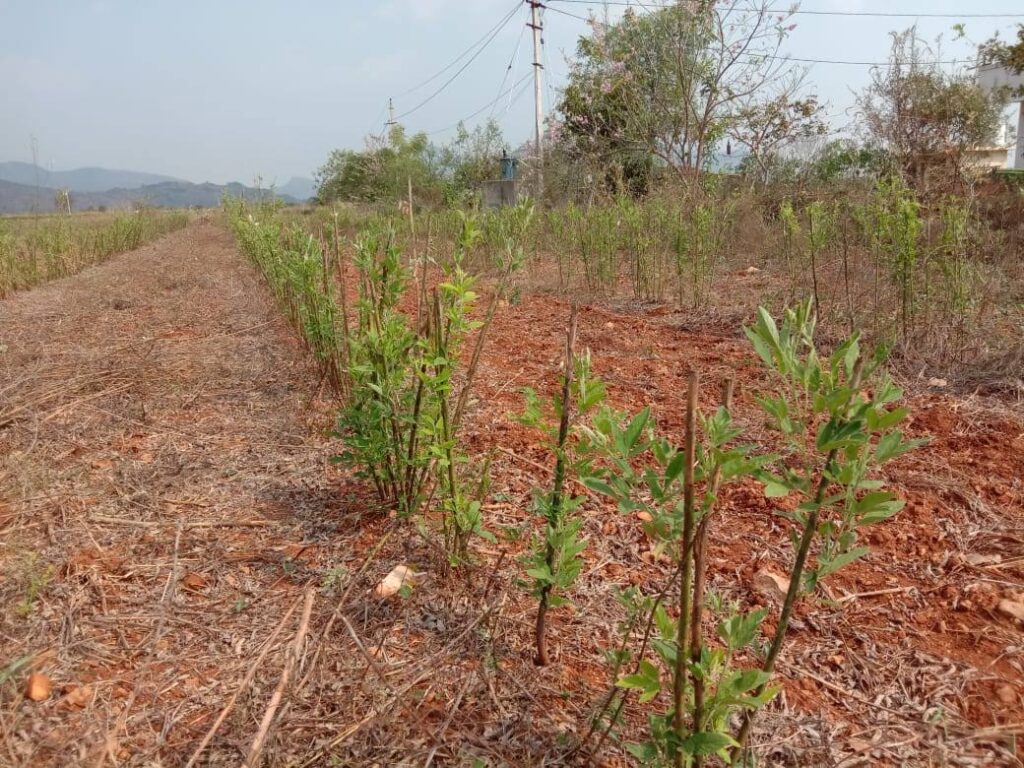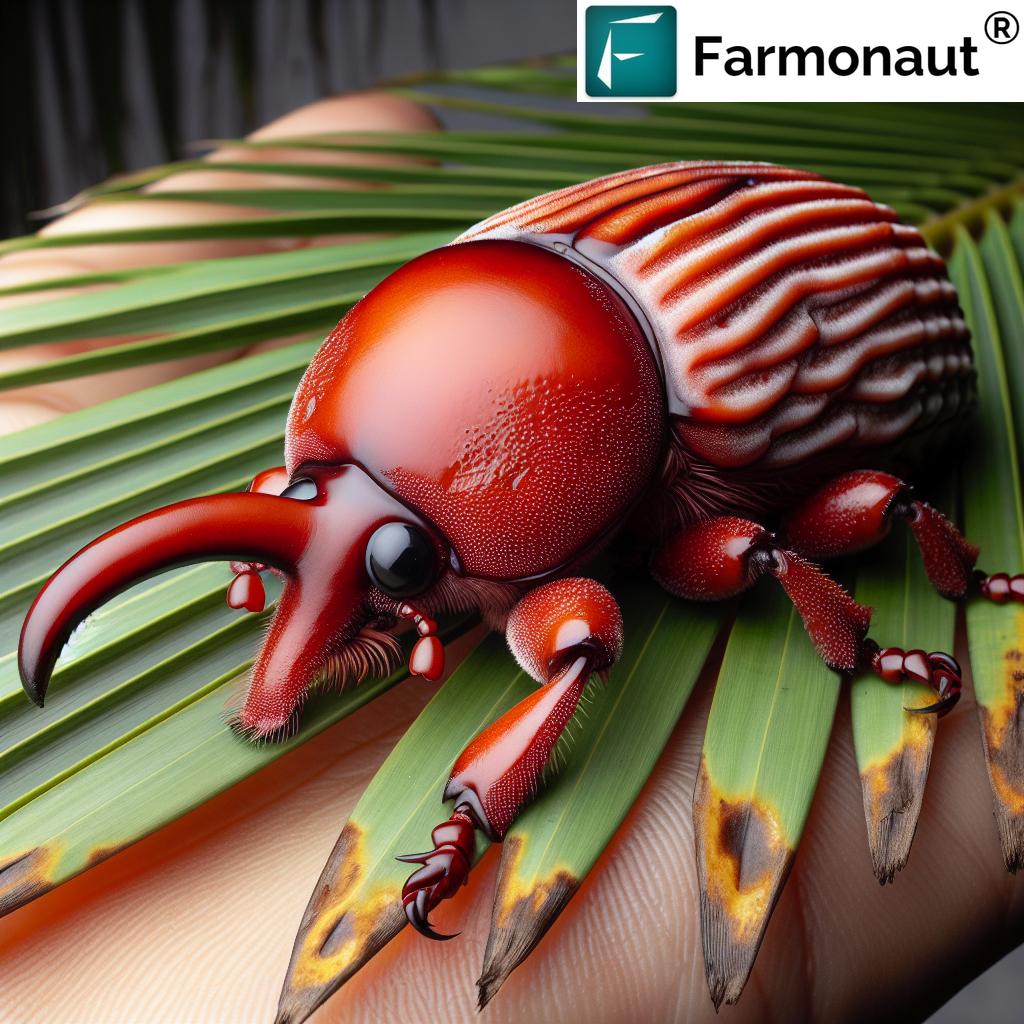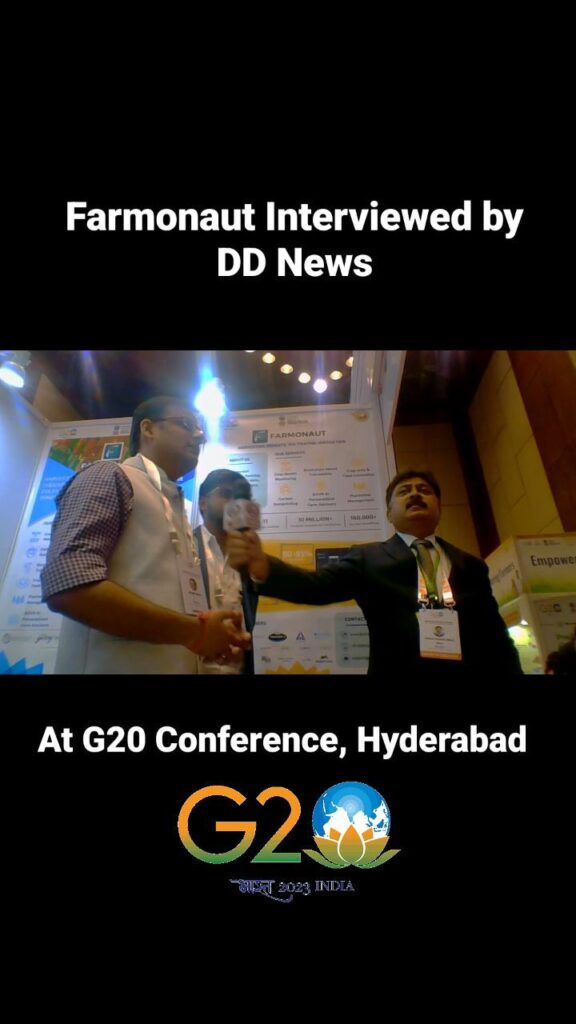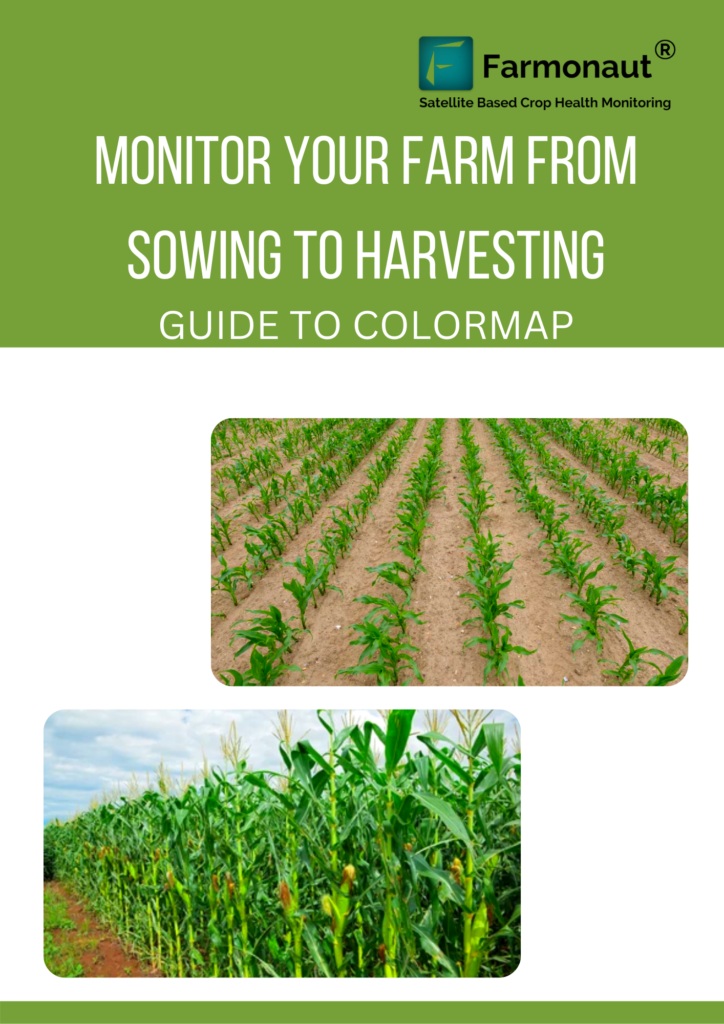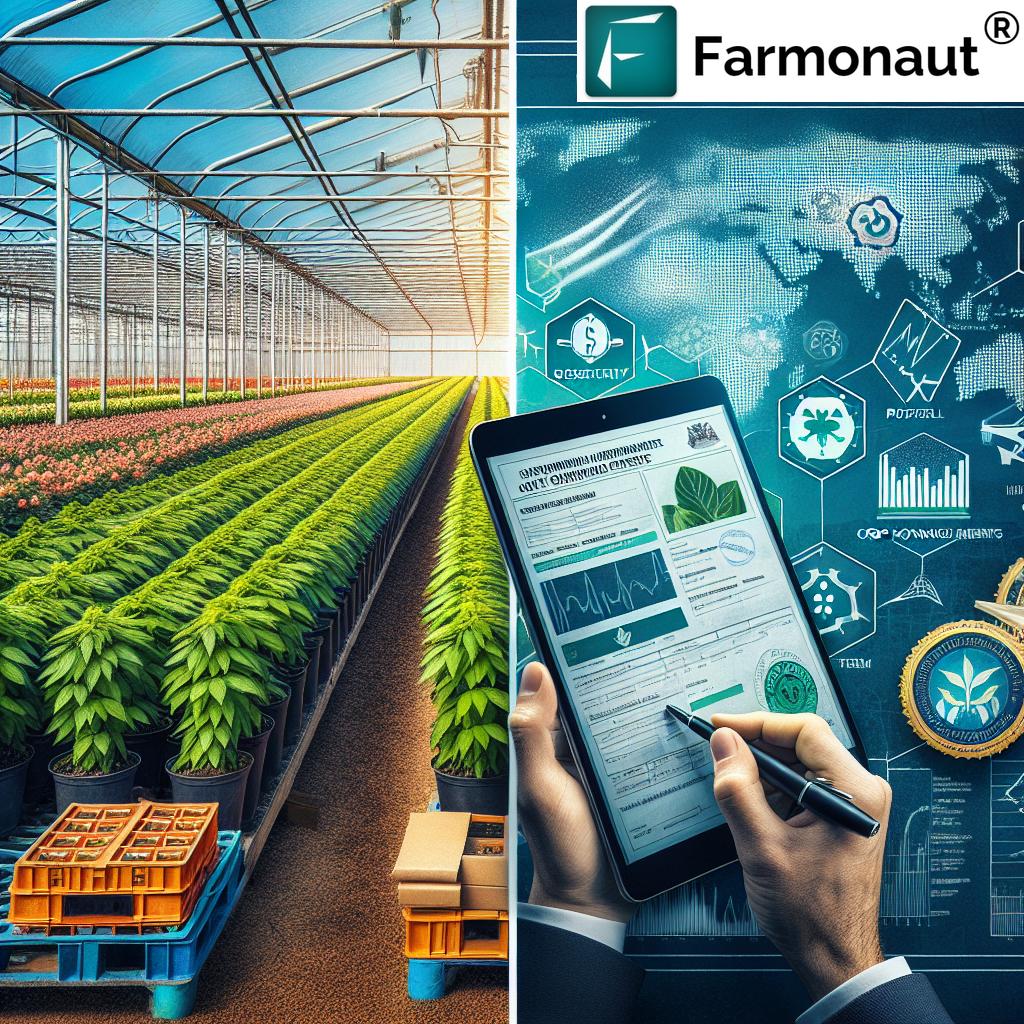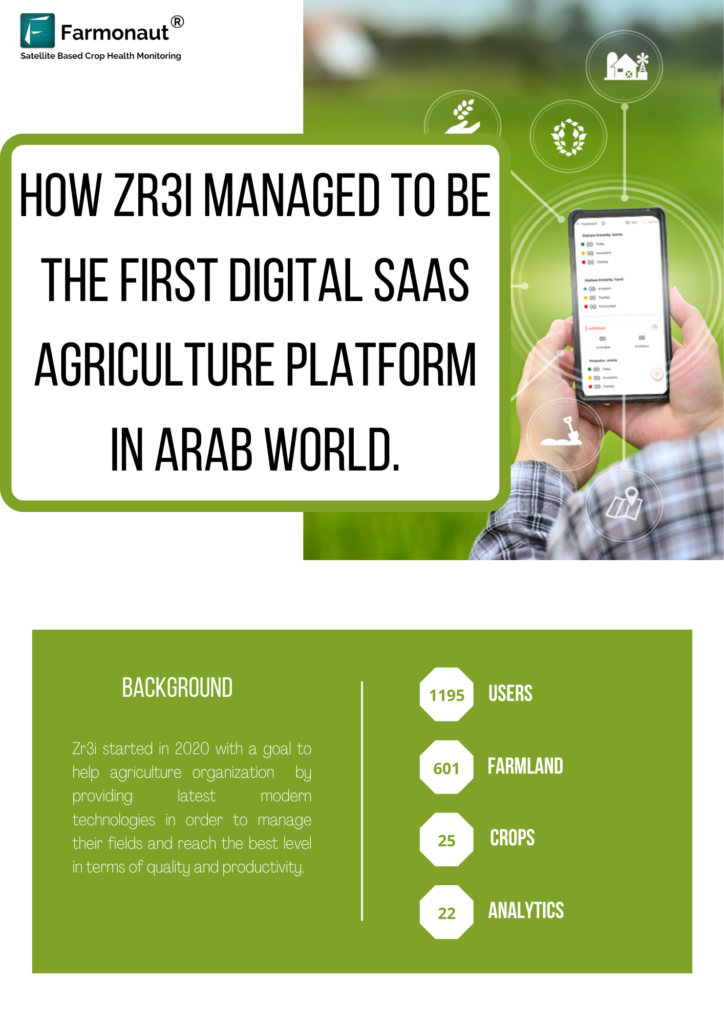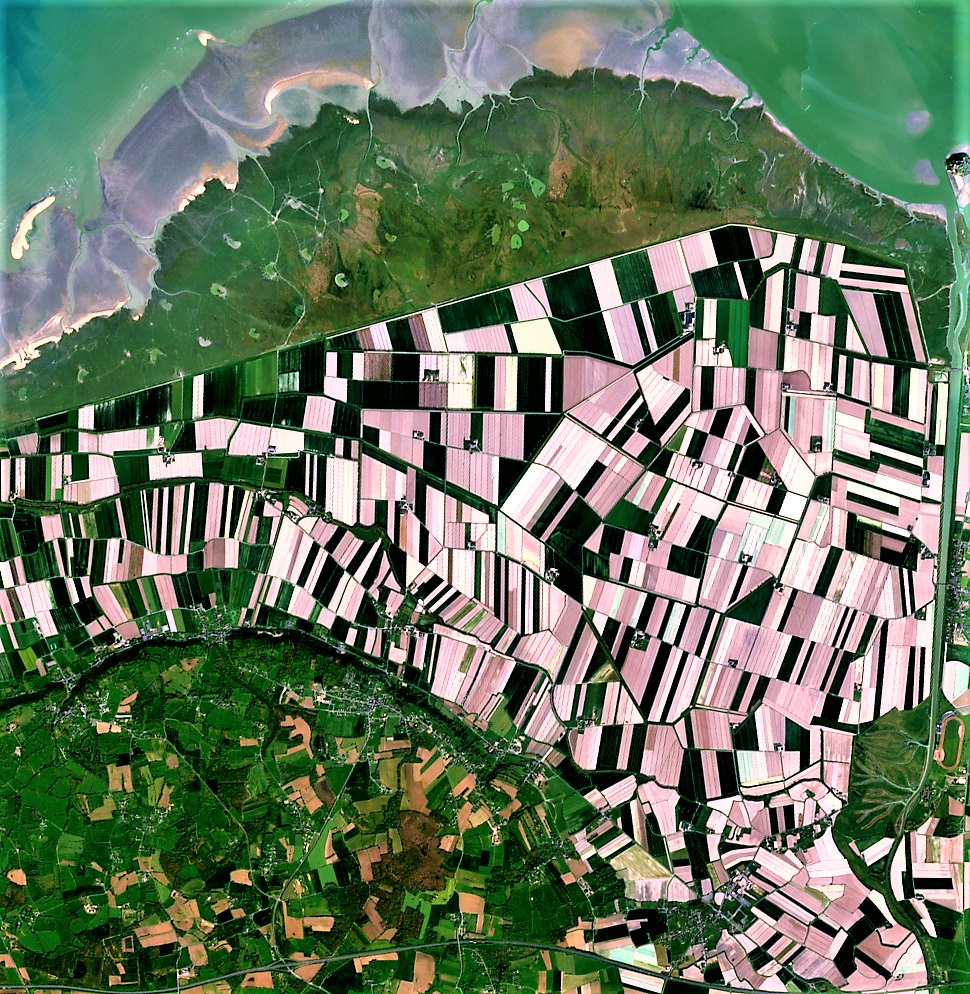Revolutionizing Aquatic Pest Management: Farmonaut’s AgTech Solutions for Sustainable Fisheries and Ecosystem Protection
“Invasive aquatic species can reduce native fish populations by up to 90% in some ecosystems.”
In the ever-evolving world of agriculture and aquaculture, the challenge of managing aquatic pests has become increasingly complex. As stewards of our marine and freshwater ecosystems, we at Farmonaut recognize the critical importance of innovative approaches to protect our waterways, ensure sustainable fisheries, and safeguard aquatic biodiversity. In this comprehensive exploration, we delve into the multifaceted world of aquatic pest management, highlighting the revolutionary role of agtech solutions in preserving our precious aquatic resources.
Understanding the Threat: Aquatic Pests and Their Impact
Aquatic pests pose a significant threat to marine and freshwater ecosystems worldwide. These invasive species can wreak havoc on native populations, disrupt food chains, and cause substantial economic losses to fisheries and aquaculture industries. From noxious fish to introduced seaweeds, the range of aquatic pests is vast and varied, each presenting unique challenges to ecosystem health and biodiversity.
- Ecological Disruption: Invasive aquatic species can outcompete native species for resources, alter habitat structures, and introduce new diseases.
- Economic Impact: The fishing industry and aquaculture sectors face significant losses due to reduced catches, damaged equipment, and increased management costs.
- Biosecurity Risks: Aquatic pests can compromise the biosecurity of aquaculture facilities, leading to production losses and potential health risks.
To combat these threats effectively, a comprehensive approach to aquatic pest management is essential. This is where Farmonaut’s cutting-edge agtech solutions come into play, offering innovative tools for monitoring, identification, and control of aquatic pests.
The Role of AgTech in Aquatic Pest Management
Agtech, or agricultural technology, has revolutionized the way we approach farming and fisheries management. At Farmonaut, we leverage advanced technologies to provide real-time monitoring and data analysis capabilities that are crucial for effective aquatic pest management.
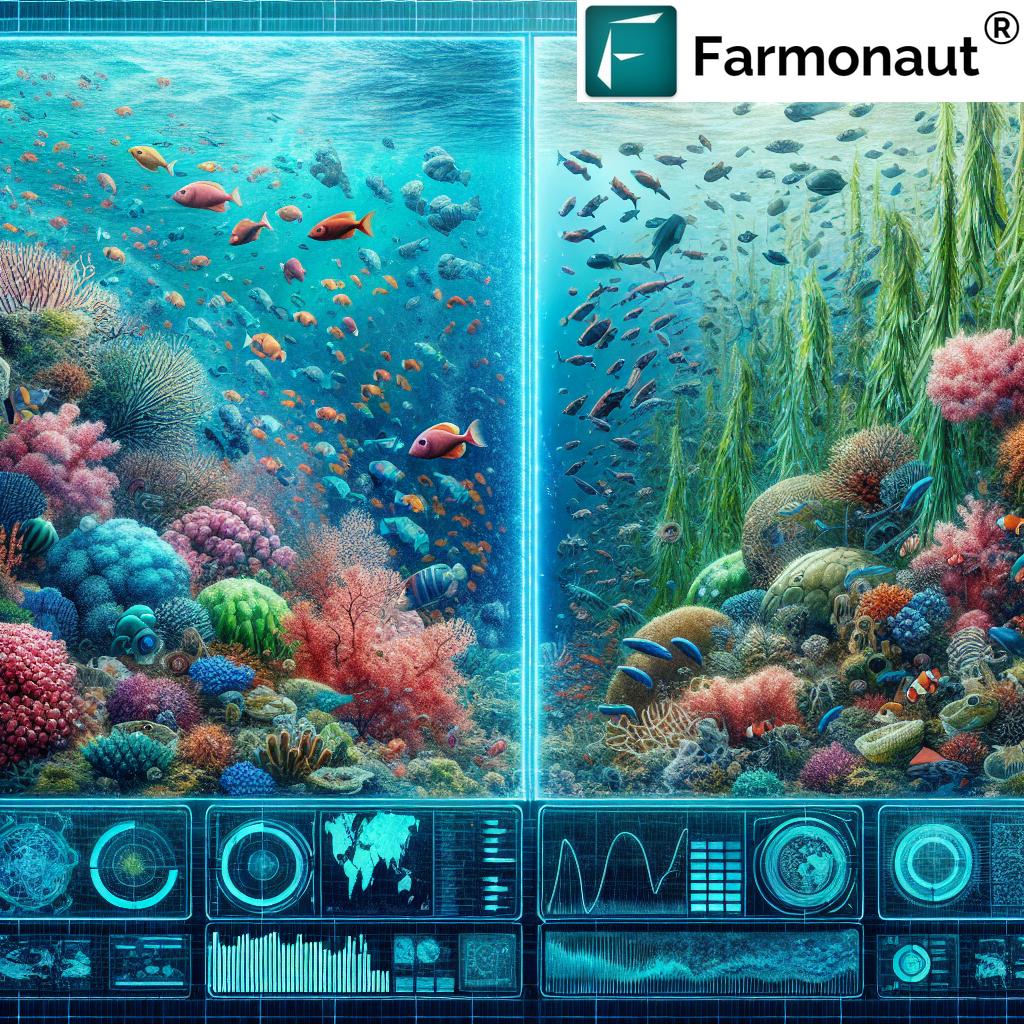
Our satellite-based monitoring systems provide a bird’s-eye view of aquatic environments, allowing for early detection of potential pest infestations. By integrating this data with artificial intelligence and machine learning algorithms, we can:
- Identify changes in water quality that may indicate pest presence
- Track the spread of invasive species in real-time
- Predict high-risk areas for pest outbreaks
- Optimize resource allocation for pest control efforts
These capabilities are accessible through our user-friendly platforms:
Biosecurity in Aquaculture: A Critical Component
Biosecurity is paramount in aquaculture to prevent the introduction and spread of aquatic pests. Farmonaut’s solutions support robust biosecurity measures by:
- Monitoring water quality parameters in real-time
- Alerting farmers to potential biosecurity breaches
- Tracking movement of aquatic species between facilities
- Providing data-driven insights for risk assessment
By implementing these advanced monitoring systems, aquaculture facilities can significantly reduce the risk of pest introductions and protect their livestock from potential outbreaks.
Aquatic Pest Identification and Reporting Systems
Effective pest management begins with accurate identification and prompt reporting. Farmonaut’s agtech solutions include sophisticated identification tools that utilize image recognition technology to help users quickly and accurately identify aquatic pests. Our reporting systems streamline the process of alerting relevant authorities and stakeholders, ensuring a rapid response to potential threats.
“Early detection of aquatic pests can save up to 40% in long-term management costs for fisheries.”
This integrated approach to pest identification and reporting is crucial for:
- Early detection of new invasive species
- Tracking the spread of known pests
- Coordinating multi-agency response efforts
- Building a comprehensive database of aquatic pest distributions
Risk Assessment Techniques for Aquatic Environments
Risk assessment is a critical component of effective aquatic pest management. Farmonaut’s advanced analytics capabilities provide powerful tools for assessing the risk of pest introductions and infestations. By analyzing a wide range of data points, including environmental conditions, species distributions, and human activity patterns, we can generate accurate risk profiles for different aquatic environments.
Our risk assessment techniques consider:
- Environmental suitability for potential invasive species
- Pathways of introduction (e.g., ballast water, aquarium trade)
- Vulnerability of native ecosystems
- Economic importance of potentially affected industries
These assessments enable resource managers and policymakers to prioritize prevention and control efforts, allocating resources where they are most needed and likely to be effective.
Environmental Monitoring Technology in Action
Farmonaut’s environmental monitoring technology plays a crucial role in aquatic pest management. Our satellite-based systems provide continuous, large-scale monitoring of water bodies, enabling the detection of subtle changes that may indicate the presence or spread of aquatic pests.
Key features of our environmental monitoring technology include:
- Multi-spectral imaging for detecting changes in water quality and vegetation
- AI-powered analysis of satellite data to identify anomalies
- Integration with ground-based sensors for comprehensive monitoring
- Real-time alerts for potential pest outbreaks or environmental changes
This technology not only aids in pest management but also contributes to broader environmental conservation efforts and sustainable fisheries management.
Sustainable Fisheries Management: Integrating Pest Control
Sustainable fisheries management requires a holistic approach that includes effective pest control strategies. Farmonaut’s agtech solutions support sustainable fisheries by:
- Providing data-driven insights for stock assessments
- Monitoring fishing activities to prevent overexploitation
- Tracking the health of fish populations and their habitats
- Facilitating the implementation of ecosystem-based management approaches
By integrating pest control into broader fisheries management strategies, we can ensure the long-term viability of both commercial and recreational fishing industries while protecting marine ecosystems.
Innovative Strategies for Combating Aquatic Pests
The fight against aquatic pests requires a multi-faceted approach. Farmonaut’s agtech solutions support a range of innovative strategies, including:
- Biological Control: Using natural predators or pathogens to control pest populations
- Targeted Chemical Treatments: Applying environmentally-friendly pesticides with precision
- Physical Barriers: Implementing advanced designs to prevent pest movement
- Genetic Techniques: Exploring gene drive technologies for pest control
- Habitat Modification: Altering environments to discourage pest establishment
Our technology supports the implementation and monitoring of these strategies, ensuring their effectiveness while minimizing environmental impact.
Legal Frameworks and Community Engagement
Effective aquatic pest management requires strong legal frameworks and active community engagement. Farmonaut’s solutions support compliance with regulations and facilitate community involvement through:
- Easy-to-use reporting tools for citizen scientists
- Educational resources on pest identification and prevention
- Data sharing platforms for researchers and policymakers
- Support for Aboriginal and traditional engagement in pest management
By fostering collaboration between government agencies, research institutions, and local communities, we can create a more resilient and responsive system for managing aquatic pests.
The Future of Aquatic Pest Management
As we look to the future, the role of agtech in aquatic pest management will only grow in importance. Farmonaut is at the forefront of this revolution, continuously developing new technologies and approaches to address emerging challenges. Some exciting developments on the horizon include:
- Advanced AI algorithms for predicting pest outbreaks
- Drone-based monitoring and control systems
- Blockchain technology for enhancing traceability in aquaculture supply chains
- Integration of climate change models into pest management strategies
These innovations promise to make aquatic pest management more effective, efficient, and environmentally friendly than ever before.
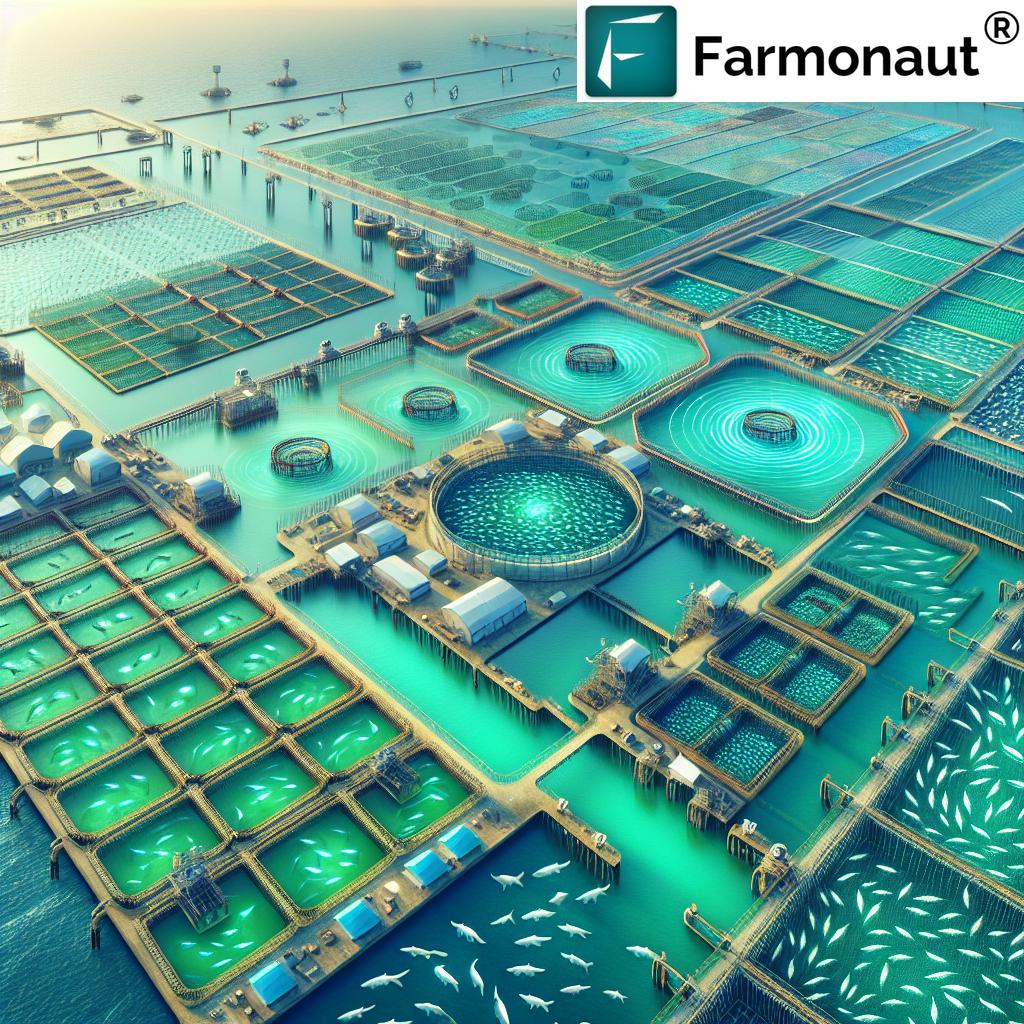
Case Study: Implementing Farmonaut’s Solutions in Aquaculture
To illustrate the practical application of our agtech solutions, let’s consider a hypothetical case study of a large-scale aquaculture operation implementing Farmonaut’s technology:
A commercial snapper farm in Australia was facing recurring issues with invasive algae blooms and parasitic infestations. By implementing Farmonaut’s satellite-based monitoring system and AI-powered analytics, the farm was able to:
- Detect early signs of algae blooms, allowing for timely intervention
- Identify optimal conditions for parasite proliferation and adjust management practices accordingly
- Improve water quality monitoring, leading to better overall fish health
- Reduce the use of chemical treatments by 30% through more targeted application
- Increase production efficiency by 15% due to improved pest management
This case study demonstrates the tangible benefits of integrating advanced agtech solutions into aquaculture operations, leading to more sustainable and profitable practices.
Comparative Analysis of Aquatic Pest Management Strategies
To provide a comprehensive overview of different approaches to aquatic pest management, we’ve compiled a comparative table highlighting various strategies:
| Management Strategy | Target Pests | Effectiveness (1-5) | Environmental Impact (1-5) | Cost-Efficiency |
|---|---|---|---|---|
| Biological Control | Invasive plants, fish | 4 | 2 | Medium |
| Chemical Treatments | Algae, parasites | 5 | 4 | Low |
| Physical Barriers | Fish, crustaceans | 3 | 1 | Medium |
| Advanced Monitoring (Farmonaut) | All types | 5 | 1 | High |
| Habitat Modification | Plants, invertebrates | 4 | 3 | Low |
This table illustrates the diverse approaches available for aquatic pest management, with Farmonaut’s advanced monitoring technology offering a highly effective and environmentally friendly solution.
Integrating Farmonaut’s Solutions into Your Aquatic Pest Management Strategy
Implementing Farmonaut’s agtech solutions into your aquatic pest management strategy is a straightforward process that can yield significant benefits. Here’s how you can get started:
- Assessment: Evaluate your current pest management challenges and goals
- Customization: Work with our team to tailor our solutions to your specific needs
- Implementation: Integrate our satellite monitoring and AI-powered analytics into your operations
- Training: Receive comprehensive training on using our platforms and interpreting data
- Ongoing Support: Benefit from continuous updates and expert assistance
For those interested in exploring our API capabilities for custom integrations, please visit our API page and consult our API Developer Docs for detailed information.
The Economic Impact of Effective Aquatic Pest Management
The economic implications of aquatic pest management are significant and far-reaching. Effective strategies can lead to:
- Increased productivity in fisheries and aquaculture
- Reduced costs associated with pest control and damage repair
- Protection of valuable ecosystem services
- Preservation of recreational fishing industries
- Enhanced food security through stable aquatic food production
By investing in advanced agtech solutions like those offered by Farmonaut, stakeholders in the aquatic industries can realize substantial long-term economic benefits while contributing to environmental conservation.
Challenges and Future Directions in Aquatic Pest Management
While significant progress has been made in aquatic pest management, several challenges remain:
- Adapting to climate change impacts on pest distributions
- Addressing the continuous introduction of new invasive species
- Balancing pest control with ecosystem preservation
- Developing more environmentally friendly control methods
- Improving international cooperation in pest management
Farmonaut is committed to addressing these challenges through ongoing research and development, collaboration with scientific institutions, and continuous improvement of our agtech solutions.
Conclusion: A Sustainable Future for Aquatic Ecosystems
As we navigate the complex challenges of aquatic pest management, the integration of advanced agtech solutions offers a beacon of hope for sustainable fisheries and protected ecosystems. Farmonaut’s innovative approaches to monitoring, identification, and control provide powerful tools for stakeholders across the aquatic industries.
By embracing these technologies and working collaboratively, we can create a future where our marine and freshwater resources are effectively managed, protected, and sustainably utilized. The journey towards this goal is ongoing, but with continued innovation and dedication, we are confident in our ability to safeguard our precious aquatic environments for generations to come.
FAQ Section
Q: What are the most common types of aquatic pests?
A: Common aquatic pests include invasive fish species, aquatic plants like water hyacinth, mollusks such as zebra mussels, and various algae species. The specific pests can vary greatly depending on the region and type of water body.
Q: How does Farmonaut’s technology help in early detection of aquatic pests?
A: Farmonaut’s satellite-based monitoring systems and AI algorithms analyze water bodies for changes in color, texture, and vegetation patterns that may indicate pest presence. This allows for early detection before infestations become severe.
Q: Are chemical treatments always necessary for aquatic pest control?
A: No, chemical treatments are not always necessary. Integrated pest management approaches, which Farmonaut supports, often combine various methods including biological control, physical removal, and habitat modification to minimize the need for chemical interventions.
Q: How can individual fish farmers or small-scale operations benefit from Farmonaut’s solutions?
A: Small-scale operators can benefit from Farmonaut’s user-friendly mobile apps and web platforms, which provide affordable access to satellite monitoring and AI-driven insights. This helps in early pest detection, optimizing water quality, and improving overall farm management.
Q: What role does community engagement play in aquatic pest management?
A: Community engagement is crucial for effective pest management. It helps in early detection through citizen science initiatives, promotes awareness about prevention methods, and ensures broader support for management efforts. Farmonaut’s platforms facilitate easy reporting and data sharing to support these community-driven efforts.





